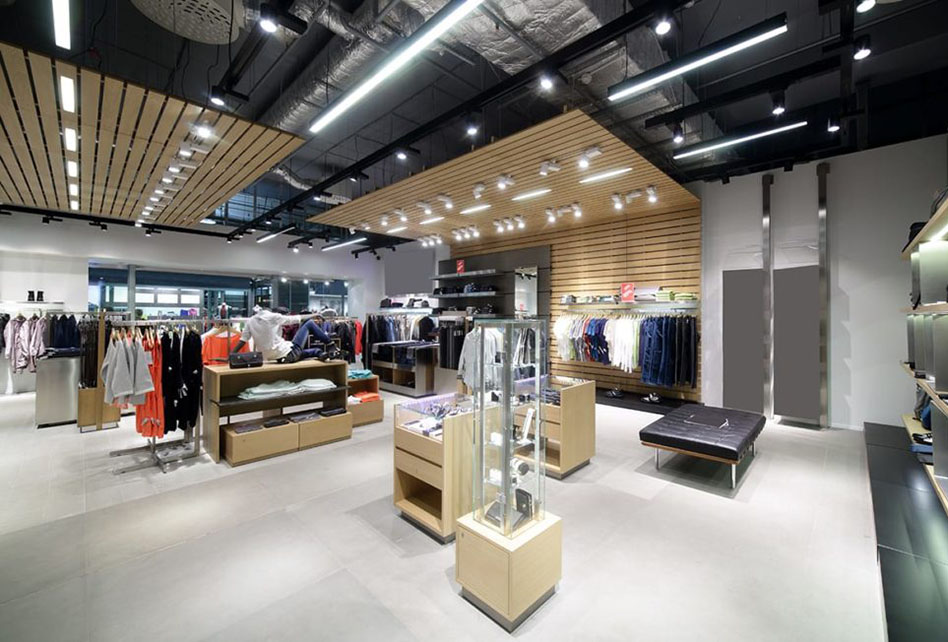There’s a good reason why major retailers like Walmart, Target, and Whole Foods are doing LED upgrade projects. Between utility rebates and the high energy efficiency of LED lighting, retailers can save 30%-50% of energy costs when they go LED.
Another reason? Retail facilities have multiple applications within each store—and versatile LED fixtures offer the flexibility to create exactly the right atmosphere for the brand, merchandise, and target shoppers. Add in the benefits of increased safety and less maintenance, and it's easy to prove the ROI of LED in retail settings.
Here are some considerations to have in mind (and put on the retail customers’ radar) as you create revenue-generating LED upgrade proposals for retail stores.
Ready? Let's get started!
Get the E-book: Guide to Selling Retail Lighting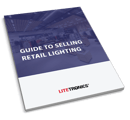
Skip Ahead: Browse Litetronics Retail LED Products
To jump to a specific section, click on one of the links below.
Lighting Applications Within Retail Stores
When the lighting is just right in a store, customers enjoy their shopping experience more and stay longer. While individual LED lights are an important part of a smart lighting strategy, layered lighting is key to improving the in-store experience and even boosting total purchases.
Ambient Lighting
 These are the lights that tell the customer “We’re open,” and that make the store easy to navigate during the day and safe for employees and cleaners when the store is closed to the public.
These are the lights that tell the customer “We’re open,” and that make the store easy to navigate during the day and safe for employees and cleaners when the store is closed to the public.
The quality of the ambient light can even reflect the brand image. There’s a big difference between the Neiman Marcus and Dollar General shopper. A high-end customer may expect more subtle or dramatic lighting, while a budget shopper may be suspicious of ‘fancy’ lighting in a store that’s supposed to save them money.
Ambient lighting in retail stores is typically accomplished with LED troffers, flat panels or strip lights.
Accent Lighting
 The next layer is accent lighting. With three times the light output of traditional ambient lighting, accent lighting showcases products, whether they’re on shelves, on display tables, or in end caps. Spotlighting items with bright, adjustable accent lighting can direct customers to specific areas and draw attention to merchandise the retailer wants to feature.
The next layer is accent lighting. With three times the light output of traditional ambient lighting, accent lighting showcases products, whether they’re on shelves, on display tables, or in end caps. Spotlighting items with bright, adjustable accent lighting can direct customers to specific areas and draw attention to merchandise the retailer wants to feature.
In these scenarios, you’ll want to consider the ratio of accent light to ambient light. Typically, in retail, depending on the merchandise and the quality, the ratio for accent light runs from of 6-1 up 10-1. That means if you're spotlighting a mannequin, or a wall of children's clothing, the accented area is going to be 6-10 times brighter than the ambient light.
Accent lights are reserved for times when customers are in the store, saving energy during times when only employees are there.
Specialized Lighting
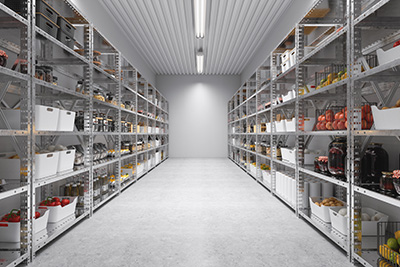 The last layer is specialized lighting.
The last layer is specialized lighting.
In its simplest form, task lighting in storerooms, distribution centers, and other operational areas can improve employee efficiency and accuracy. Depending on the nature of the retail business and its merchandise, these environments can be harsh, making the LED Vapor Tight Slim Strip a smart option.
Other areas, like stairwells, escalator and elevator lobbies, cove lighting, and back of house lighting are often an afterthought, but long-lasting, bright light is vital in these areas to avoid accidents, reduce downtime, and improve the customer experience. Then there are areas of a store where the clarity and temperature of light can make or break the sale, like in a makeup aisle, at a fine jewelry case, or even in a paint section where shoppers are selecting swatches. Fixtures like the LED strip fixture deliver optimal light, making it perfect for spaces where visibility is key.
When combined, multiple layers of light create a retail environment that is optimized for productivity and safety, attracts shoppers, and makes the merchandise look its best, whether you’re working for a grocery, a big box retailer, or a specialty merchandiser.
Related Facilities
Does the retailer use a nearby warehouse for resupply or distributions center? Be sure to ask about their lighting in that facility and whether that should be included in the proposal.
Related Reading: Top 5 Benefits of LED Warehouse Lighting
Talking Color in Retail Lighting
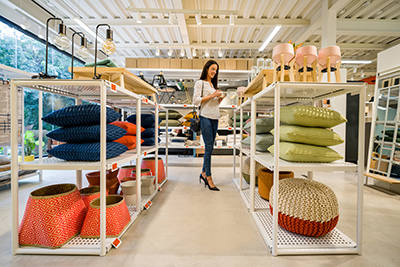 Retail customers have a strong interest in the color of the lighting in their stores and in how the lighting in their stores renders color.
Retail customers have a strong interest in the color of the lighting in their stores and in how the lighting in their stores renders color.
The correlated color temperature or CCT of a light can have a big impact on store mood and ambiance. Warmer lighting (up to 3,500K) that creates a comfortable, inviting environment is ideal for retail stores selling home décor and furniture. In contrast, cooler-temperature lighting (more than 5,000K) is better for retailers wanting a modern ambiance (like electronics retailers).
Versatile fixtures like the LED Wrap Fixture offer adjustable color temperatures alongside adjustable wattage and dimming features. This makes customizing lighting to retailers’ needs simple and budget-friendly. It also makes the job of the installer much easier and can protect you from needing to swap out fixtures due to last-minute design changes.
The other key consideration is how well the lighting renders color so the eye can see the color accurately. Retailers want to be sure that the perfect blue couch you're seeing in the store is the same perfect blue when you get it home. Otherwise, that’s a product return that will make everyone unhappy.
The color rendering index or CRI measures the ability of a light source to reveal the color of an objects. CRI is rated 1-100 with sunlight being classified as having a CRI of 100, the most “natural” looking light source, and 1 being the furthest from natural coloring.
Any retailer selling products where the customer is making their selection based on color, like clothing, furniture, paints, cosmetics, etc. will need a 90+ CRI LED light source in that area.
LED Products for Retail Environments
Once you have a handle on the applications and color needs of the retailer, it’s time to select top-notch LED fixtures for the project. These Litetronics’ products are rated for long life, designed to make installation a breeze, and we’ve got the logistics to get them to your job site as soon as you need them:
| Retrofit Kit Strips Fluorescent strip fixtures just don’t just offer inadequate light. Freshen up a space AND save energy with LED Strip Retrofits in existing troffers. They deliver long lasting LED light while preserving the look of the space. |
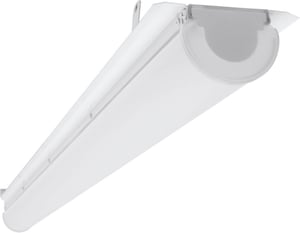 |
| Retrofit Kit Panels When replacing outdated fluorescent fixtures, you want an option that combines top-of-the-line efficiency, modern controls, and a traditional look and quick installation process. If that’s your project, this LED panel retrofit kit is the ideal solution. |
 |
| Strips Outdated, inefficient lighting not only impacts the look of a space, but also the facility’s bottom line. The LED Strip Fixture provides the latest in energy efficiency combined with long-lasting, uniform light, ensuring an improved overall look as well as financial benefits. |
 |
| Flat Panels Ideal for commercial, grid ceiling applications where customers want to improve energy efficiency, quality of light, and the look of the space. This fixture can be automated with field-adjustable light output to meet the needs of the space and the occupant experience. Fits seamlessly into all standard 2’ x 4’, 2’ x 2’ or 1’ x 4’ grid ceiling layouts. |
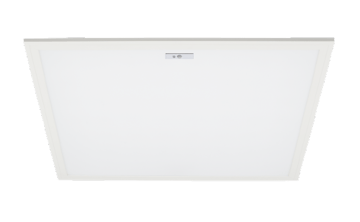 |
| High Bays Our fan-favorites LED Linear High Bay and LED Round High Bay PL fixtures now come with the option of a plug-in sensor, so you don’t have to choose one SKU or the other up front. Adding a smart sensor makes these high bays compatible with mobile apps for floor-level control of dimming, scenes, and more. |
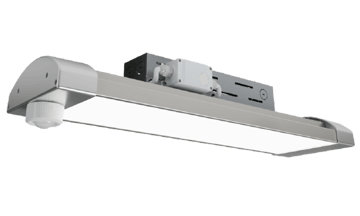 |
Taking Control
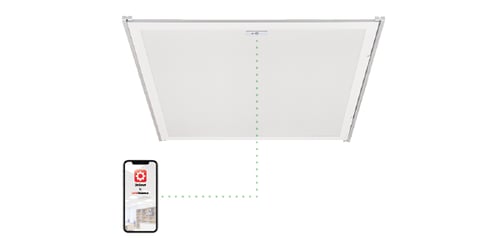 Offering a greater level of efficiency and control than traditional setups, smart lighting fixtures can offer significant benefits to retail spaces. Some of the available features are:
Offering a greater level of efficiency and control than traditional setups, smart lighting fixtures can offer significant benefits to retail spaces. Some of the available features are:
- Bluetooth control: Rather than operating fixtures individually with switches throughout the store, retailers can use Litetronics’ LiteSmart app and other connected devices to control the entire facility from a single place.
- Occupancy sensing: So much energy is wasted from lights left on when no one needs them. With motion sensors, lights can switch themselves off automatically when no one is detected in employee break rooms, restrooms, or storerooms.
- Daylight harvesting: Many stores have large windows that let in a lot of natural daylight. Smart illumination systems can detect this light and adjust the artificial illumination accordingly, ensuring no unnecessary energy is consumed.
- Time scheduling: Retailers can schedule lights to be turned on only if they are needed. This prevents lights from staying on accidentally when no one is present like on days the store is closed.
- Group editing: Older systems require large groups of lights to be on or off at the same time, regardless of how many are actually required. Smart lighting solutions, however, allow for each fixture to be controlled independently.
- Scene selection: The ability to control the brightness and intensity of each LED means retailers can illuminate spaces according to need. Dimmed lights for quiet, reading areas in book stores; brighter lights in produce aisles.
The ROI Benefits of LED for Retailers
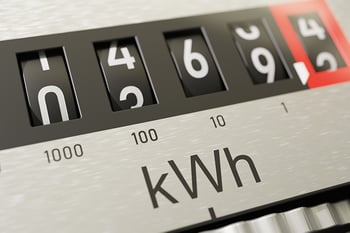 Energy efficiency and cost savings are always the first thing that draws a retailer to consider an LED upgrade. But you’ll want to shine a spotlight on all the benefits of a conversion to LED.
Energy efficiency and cost savings are always the first thing that draws a retailer to consider an LED upgrade. But you’ll want to shine a spotlight on all the benefits of a conversion to LED.
Fluorescent, incandescent, CFL and metal halide fixtures are widely used in retail facilities and their poor energy efficiency leads to high utility bills. Outdated lighting delivers less light output and diffusion and consumes a substantial amount of power. As a result, they are inefficient and contribute to a dim, dingy atmosphere than can actually repel customers.
Maintenance is another benefit of LEDs that retailers should consider. Having an area of the store in shadows due to a burned-out bulb during open hours can impact sales. The alternative isn’t much better: maintenance coming in with ladders or lifts and closing off an entire section for safety reasons while they replace a bulb.
The shorter and unpredictable lifespan of older bulbs means maintenance staff is on a near-constant cycle of bulb replacement. Maintenance labor is a frequently overlooked area of current costs for retailers.
In contrast, with LEDs retailers can enjoy maintenance-free light. Fixtures like Litetronics’ are rated for up to 100,000 hours and backed by a 10-year warranty, so retailers would be looking at well over a decade of uninterrupted light.

